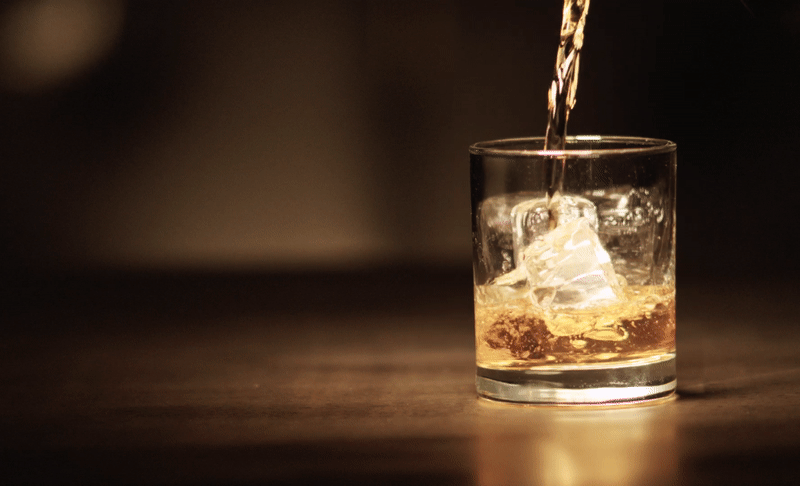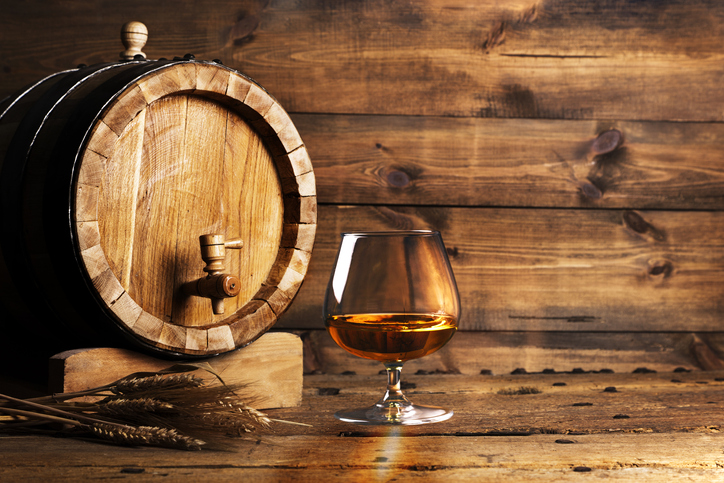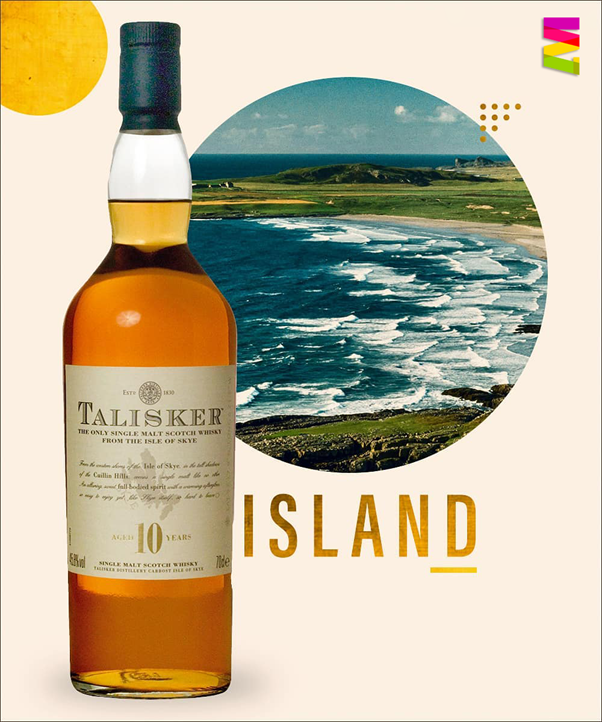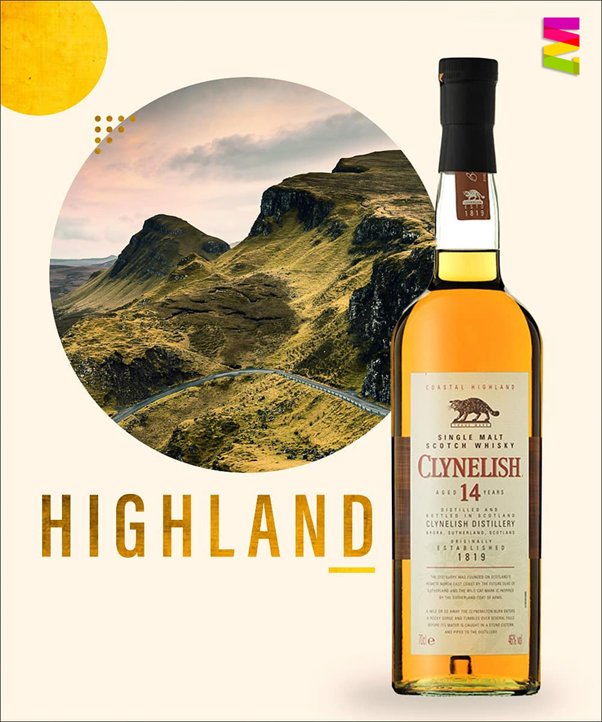What The Scotch! Decoding The Single Malt Whisky
There’s a whisky drinker and then there’s a whisky connoisseur. The second is often the type who sticks to their Single Malt Scotch Whisky.
Single Malt Scotch, like vintage wine or a Tiffany’s diamond can be really expensive and a wee bit complicated. But for good reason!
It isn’t the drink you just glug and forget, it is a smooth dram that demands appreciation.
And, that comes when you know everything there is to know about this precious pour.

So, let’s dive straight into this Scotch guide before we open up another bottle.
What makes single malt a single malt?
The Short Version…
A single malt is defined as a whisky made from one grain and distilled at a single distillery.
The Better Version…
The easiest way to explain single malt scotch is to concentrate on every word.
Single: It indicates that the spirit in the bottle comes from a “single” distillery.
Malt: It indicates that the whisky is distilled from a “malted” grain. In the case of a single malt scotch, barley is the only grain used.
Scotch: It indicates that the single malt is produced in Scotland as every whisky from Scotland is called a Scotch.

What else matters?
Here’s what you pay the big bucks for.
Aged spirit: A single malt whisky has to be aged for at least three years in an oak cask in Scotland.
ABV: It has to be then bottled at no lower than 40% ABV (alcohol by volume).
And, that is what it takes to be a good Single Malt Scotch.
The production process is the same traditional one
There are five main stages to the production of Single Malt Whisky – Malting, Mashing, Fermentation, Distillation and Aging. It’s the same traditional method that was used to make the Scotch your grandad liked to sip on.

But…
It is the place where the whisky is born that gives you a clue to its character
Like fine wine, the place where the whisky comes from matters. It is what gives every Single Malt Scotch a unique flavour, aroma and finish.

Scotland is divided into four regions – Highland, Lowland, Speyside and Island. There are distilleries located in all these regions. Here’s a lowdown on the Single Malt Scotch whiskies from each region.
Talisker
(Island Single Malt Scotch)
Powerful, smoky, and made by the sea!
The perfect companion for when the day is done. Smooth, smoky with a comforting afterglow, it’s warm, subtle smokiness is best sampled neat.
Region - A classic Island whisky from the oldest distillery on Skye.
Nose - Powerful peat-smoke with just a hint of the sea-water salt from fresh oysters, along with a citrus sweetness.
Palate - A rich dried-fruit sweetness, clouds of smoke, strong barley-malt flavours, warming and intense. Peppery at the back of the mouth.
Finish- Huge, long, warming and peppery finish with an appetising sweetness.
Pairs well with - Seafood can be paired with a variety of whiskies, but one of the best combinations is a Talisker 10 Year Old Scotch, for its spicy, peaty character.

Singleton Glendullan
(Speyside Single Malt Scotch)
Delicious, whichever way you drink it, the Singleton Glendullan is a uniquely versatile single malt. The characteristics that make the Singleton of Glendullan a great option for your first malt is the balance of American and European oak, citrus aromas, a smooth fruit palate and a light touch of spice.
Region - An aromatic, drying Speyside.
Nose - Spicy nose-prickle at first, then gently developing a rich, creamy-smooth nature, scented sandalwood, and sweet fruit, with hints of strawberry fudge.
Palate - Sweet and spicy to taste at full strength. Chewy yet vivacious, with good intensity and fruity, sweet, deep notes of violets and bittersweet orange peel and ginger.
Finish - Warming, powerful, drying and cleansing; aromatic and lightly tart, with some late eucalyptus in the attractive perfumed aftertaste.
Pairs well with - The greenwood, citrus fresh flavours and dry spice of Glendullan makes it delicious with buffalo mozzarella and air-cured hams.

Glenkinchie
(Lowland Single Malt Scotch)
If you wish to taste a light and sweet whisky, but are also looking for something spicy and subtly smoked? Give Glenkinchie from the Lowlands a try.
Also known as ‘The Edinburg Malt’, this one makes a delightful aperitif. Serve it in a martini glass with a few drops of water for a little flare.
Region - The undisputed champion of the light Lowland style.
Nose - Aromatic, vanilla, cut flowers and beneath, a clean, toasty note. Increasingly sweet and creamy, with fresh citrus, lemon cheesecake.
Palate - Crisp mid-palate then butter icing, lemon cheesecake and freesias.
Finish- Herbal and drying, a little like potpourri.
Pairs well with - Fragrant, light and even creamy, Glenkinchie works magic when paired with cheesecake.

Clynelish
(Highland Single Malt Scotch)
One of the famous characteristics of Clynelish Whisky is a rich "waxy" flavour.
Tasting like orange zest with citrus saltwater taffy, Clynelish features a Scottish Wildcat on its label.
Region - A classic case of a coastal Highland malt with a subtle Island character.
Nose - Light candle wax, with some sugar. A faint floral fragrance.
Palate - Pleasant creamy mouthfeel; maritime generally.
Finish - Some salt, dry-ish yet an attractive, even slightly bitter finish.
Pairs well with - The crisp, medium-bodied Clynelish provides a delicious accompaniment to fresh salmon.

Made your notes on Single Malt Scotch? Well, you can now be crowned a whisky connoisseur or at least win bragging rights among your whisky drinking friends.
Also Read: 9 Delicious Ways To Drink Whisky On International Whisky Day
*Drink Responsibly!





